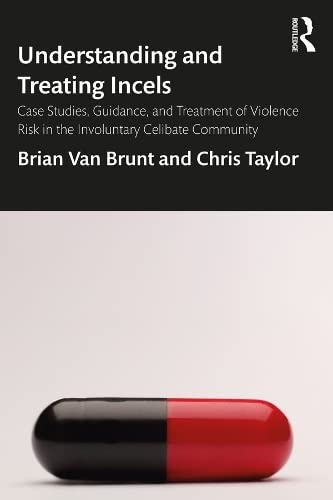What do you think?
Rate this book


282 pages, ebook
Published November 29, 2020
The involuntary celibate (incel) philosophy is one where males believe the genetic, biological factors that impact our bone structure, height, physical, or mental abilities, weight, eye, and skin color and physical appearence are pre-determined and the are the main factor dictating what women find attractive in men.